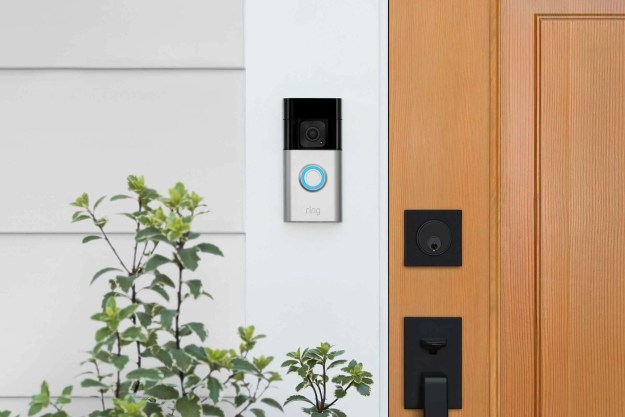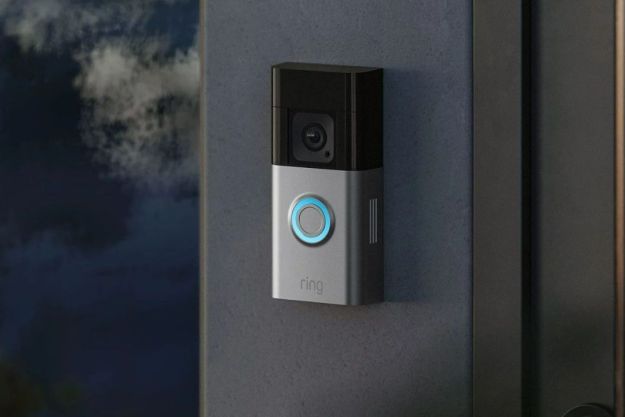Ring just announced its most affordable video doorbell to date, marking an interesting turn for the company that has long been the leader in the category. Prior to the announcement, the Ring Video Doorbell (2nd Gen) was its cheapest camera at $100 — but now that title goes to the $60 Ring Video Doorbell Wired.
One could speculate that competition in the entry-level segment of the market forced Ring into releasing a cheaper doorbell. I thought that was the case, too, considering the number of companies currently making video doorbells. With products coming from brands such as Google, Logitech, Arlo, and August, competition has followed Ring since its first video doorbell in 2014. But in reality, this move to deliver its cheapest doorbell yet is in response to something entirely different — and that’s the desire to make its products more accessible.

I recently spoke with Ring’s founder, Jamie Siminoff, who shared some insights about the challenge of delivering its most affordable video doorbell.
“If you want your neighborhood safer, if that’s your mission, then you need everyone to access it. So we’ve always tried to have the breadth of the product line to be wide,” Siminoff explained.
That’s evident when looking at the rollout over the years. Even now, its video doorbell product line stands at a robust seven models — with the majority of them in the $200-plus range. Competition in this price range has certainly saturated the market, but having a healthy selection is beneficial for consumers. They crave variety, especially when it pertains to price and features.
“There are always ways to make a less expensive product,” Siminoff pointed out. “That’s the easy part. The hard part is can you do it and have it be sustained against your mission, or what you’re trying to deliver and what your brand promises.” This goes back to Ring expanding its reach by being more accessible to people. Lower price points are attractive, but this shift doesn’t take the focus away from the experience.
“It’s just not the products. The product is one part, it’s 33% of the experience to our neighbor.” said Siminoff, who refers to Ring’s customers as neighbors and remains committed to delivering a connected and complete experience.
It’s been a roller coaster ride for the company, which faced scrutiny for privacy and hacking issues in the last couple of years. Since then, Ring has been proactive in implementing changes such as mandatory two-factor authentication, video end-to-end encryption, and a dedicated Control Center in its app to make it easy for users to access privacy and security controls.

Still, the race continues to surge ahead. One of the biggest shake-ups in the last year was smart home company Wyze announcing its ridiculously inexpensive video doorbell. Shots were fired with the announcement. Yes, there have been a handful of other companies that sell doorbells under $100, but the Wyze Video Doorbell is a notable model becauseof Wyze’s growing reputation in the smart home space and the aggressive prices attached to its devices.
Ring’s new video doorbell is still double the cost of Wyze’s model, but we can’t ignore the experience a Ring doorbell offers beyond recording video and keeping eyes on your packages. Its growing community of users, combined with Ring’s extensive portfolio of smart home gadgets that cover the gamut, helps justify the price difference.
Editors' Recommendations
- How to save Ring Doorbell video without a subscription
- Ring Video Doorbell buying guide: Which is best for you?
- Do you need a subscription for a Ring doorbell or camera?
- Should you buy a wired or wireless video doorbell?
- Check out these Ring video doorbell alternatives that don’t require a subscription




